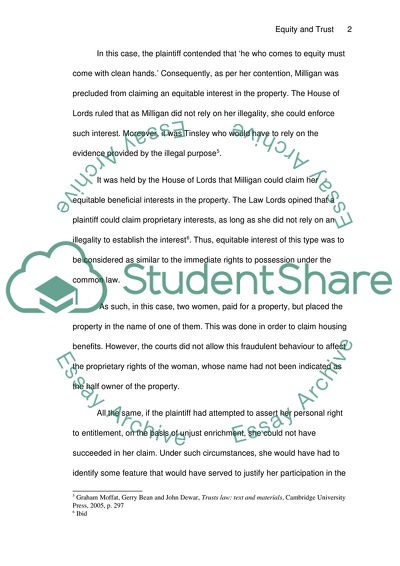Cite this document
(The Case of Tinsley v Milligan Study Example | Topics and Well Written Essays - 2000 words - 1, n.d.)
The Case of Tinsley v Milligan Study Example | Topics and Well Written Essays - 2000 words - 1. Retrieved from https://studentshare.org/law/1563315-equity-and-trust
The Case of Tinsley v Milligan Study Example | Topics and Well Written Essays - 2000 words - 1. Retrieved from https://studentshare.org/law/1563315-equity-and-trust
(The Case of Tinsley V Milligan Study Example | Topics and Well Written Essays - 2000 Words - 1)
The Case of Tinsley V Milligan Study Example | Topics and Well Written Essays - 2000 Words - 1. https://studentshare.org/law/1563315-equity-and-trust.
The Case of Tinsley V Milligan Study Example | Topics and Well Written Essays - 2000 Words - 1. https://studentshare.org/law/1563315-equity-and-trust.
“The Case of Tinsley V Milligan Study Example | Topics and Well Written Essays - 2000 Words - 1”. https://studentshare.org/law/1563315-equity-and-trust.


